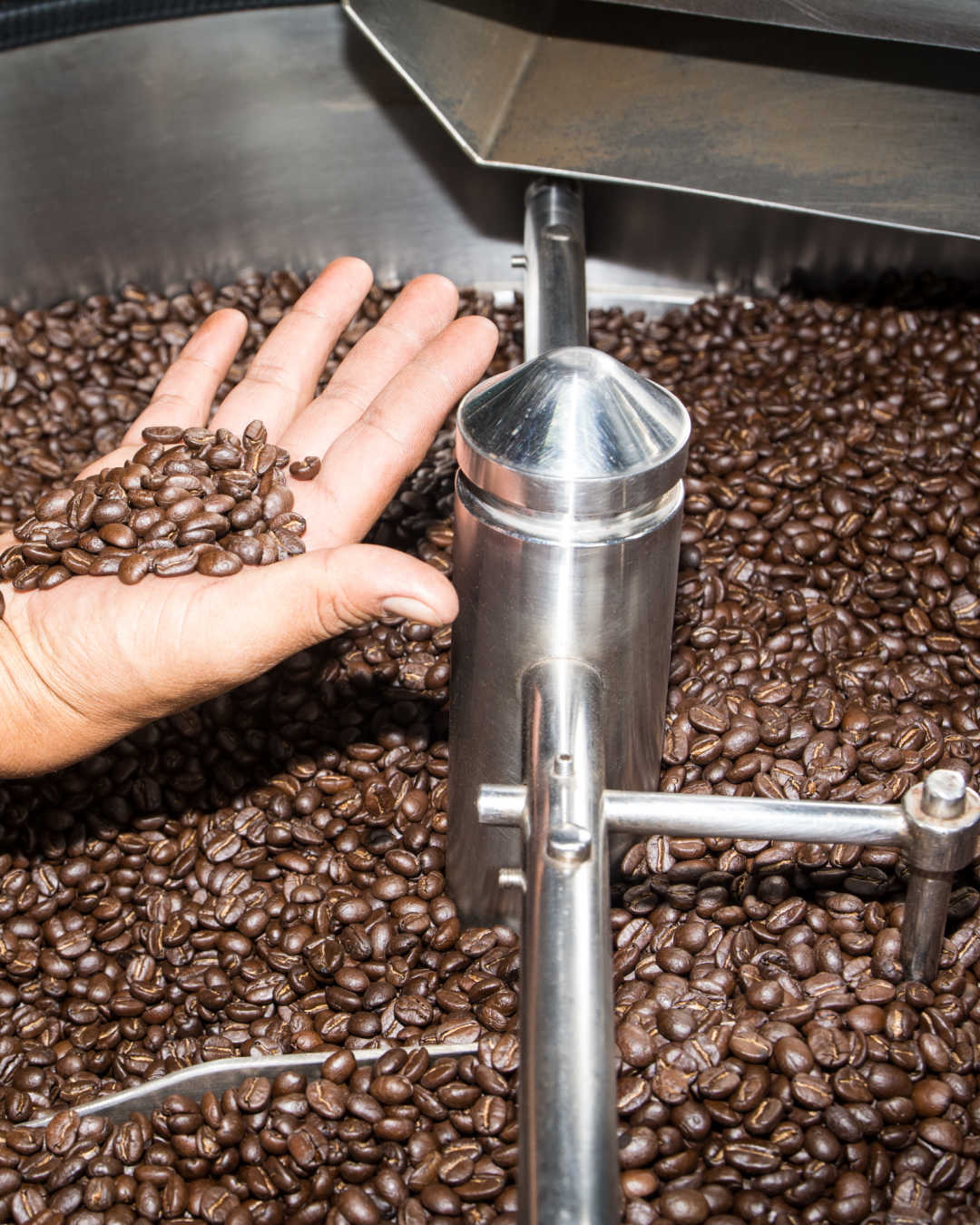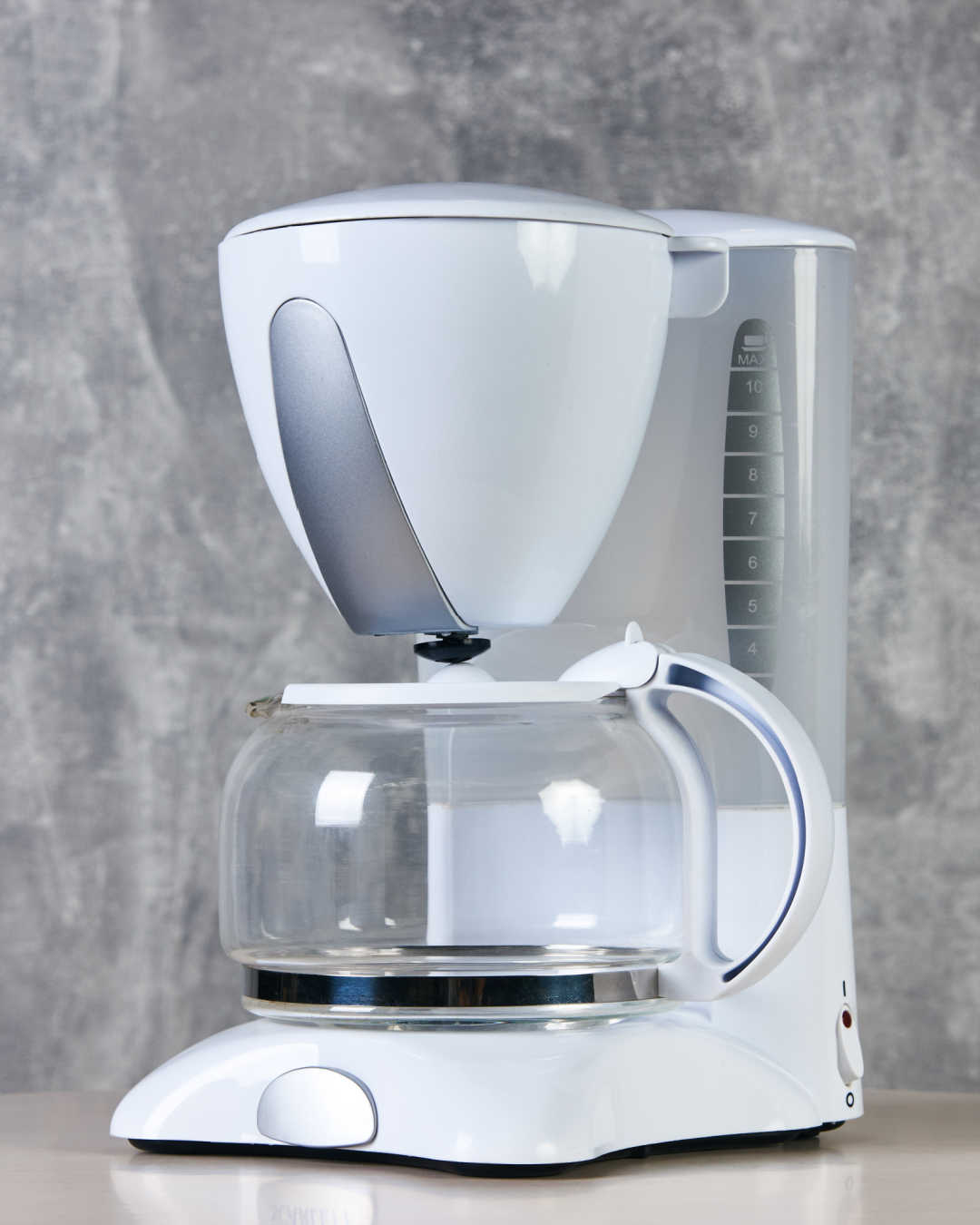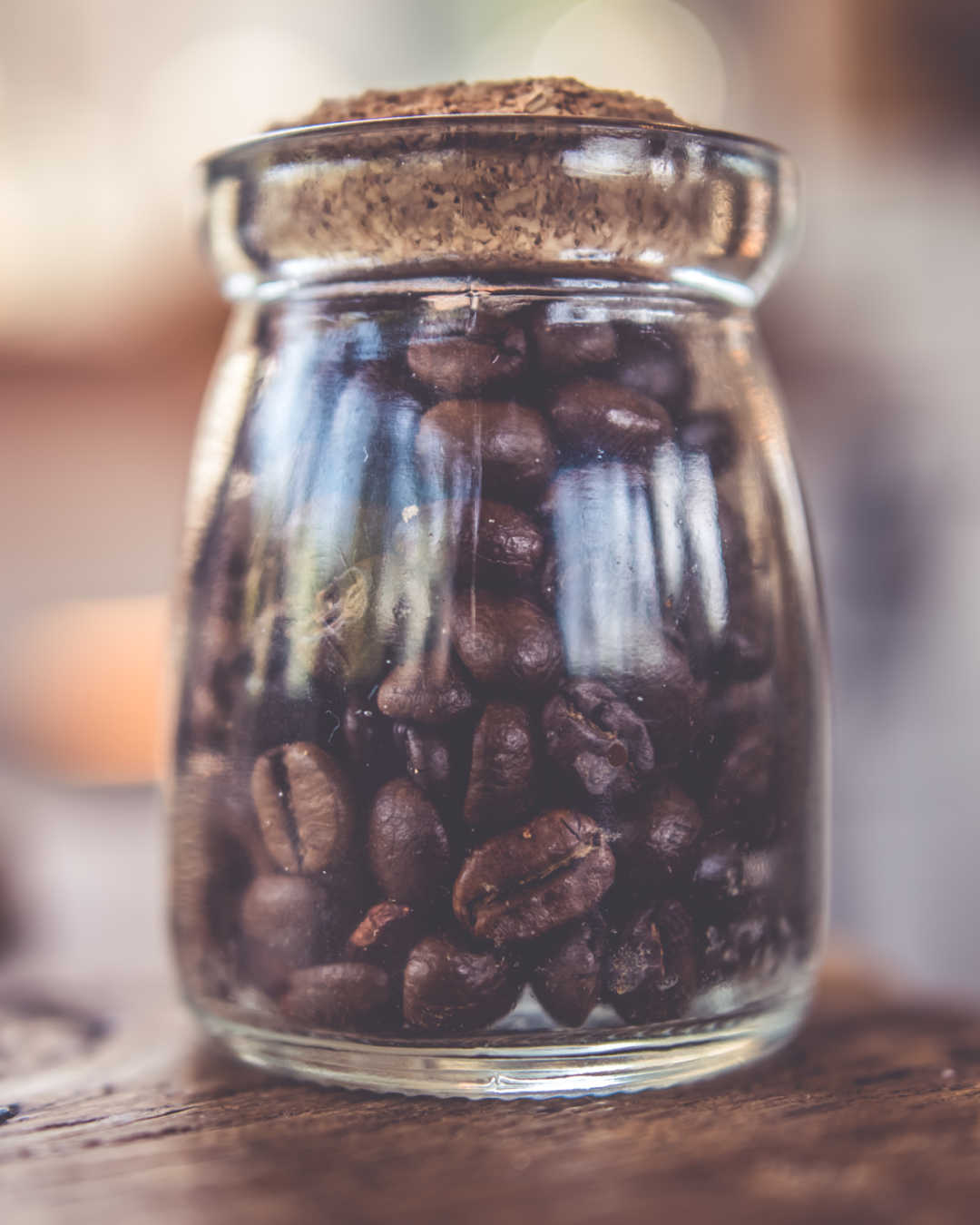
Coffee is more than just a drink; it’s a ritual for millions around the globe. But beneath this beloved beverage lies a darker side that many of us overlook. Hidden contaminants like mold and mycotoxins can sneak into our coffee during various stages — from the growing fields to processing and storage. These unwanted guests can pose serious health risks, making it crucial to understand their presence and implications. This is of particular interest to me because of my kidney health issues.
Key Takeaways
- Mold and mycotoxins can contaminate coffee during growing, processing, or storage.
- Most toxins are invisible and can’t be detected by smell or taste.
- Wet-processed, high-altitude beans are less likely to contain mold.
- Organic and certified coffee often have lower toxin risks.
- Store coffee in cool, dry, airtight containers—avoid moisture and heat.
- Use paper filters and moderate brewing temperatures to reduce toxin extraction.
- Avoid old or improperly stored coffee—watch for musty smells or discoloration.
- Pesticides, chemicals, and heavy metals may also contaminate some coffee.
- Choose specialty or low-toxin tested brands for extra peace of mind.
Detecting the Problem: Can You Tell If Your Coffee Has Mold?
Identifying mold in your coffee isn’t as easy as you might hope. While some visual signs, like fuzzy patches or unusual discoloration, might raise a red flag, most mold is invisible to the naked eye. The same goes for mycotoxins—those nasty compounds produced by mold that can linger in your brew without any obvious cues.
Visual and Olfactory Cues
When it comes to detecting mold, there are a few things to watch out for:
- Smell: A musty or sour odor could indicate mold presence.
- Appearance: Signs like discoloration or clumping can also be warning signs.
However, many molds and their mycotoxins are undetectable without specialized testing, making it crucial to source your coffee wisely.
Testing Options
For those serious about quality control, commercial testing options are available. These services can analyze your coffee for mold and mycotoxins, providing peace of mind. Some specialty brands even conduct these tests before they sell their products, ensuring that what’s in your cup is safe.
As we move forward, understanding how to choose cleaner coffee can greatly impact your health and enjoyment of this beloved beverage.
Prevention Strategies: Choosing Cleaner Coffee

Choosing cleaner coffee is essential for enjoying your favorite brew without the hidden dangers of mold and mycotoxins.
Processing Methods: Wet vs. Dry
The method used to process coffee beans plays a significant role in mold growth. Wet processing, where beans are fermented and rinsed, tends to remove more mucilage and can reduce mold risk. Sprit Animal Coffee, Cardiology Coffee, and Fabula Coffee (those links are affiliate) are three examples of producers who take care with wet processing and mold/toxin testing. On the other hand, dry processing leaves beans exposed to environmental factors, increasing their chances of mold contamination.
Ideal Growing Conditions
Certain regions and growing conditions naturally produce coffee with lower mycotoxin levels. Areas with cooler climates and better drainage typically yield healthier beans less susceptible to mold. Beans grown at higher altitudes often face less humidity, making them a safer choice.
Quality Certifications and Their Importance
When shopping for coffee, look for higher quality certifications that indicate a commitment to lower mold risk. Certifications like Organic or Fair Trade often come with strict guidelines on handling and storage, minimizing the likelihood of contaminants.
Storage Solutions: Keeping Your Coffee Fresh and Safe
Keeping your coffee fresh is crucial to both preventing mold growth and ensuring a flavorful cup of coffee. Here’s how to optimize your storage conditions for the best results.
To maintain coffee quality, consider these key factors:
- Cool Temperature: Keep your coffee in a cool, dark place. Avoid areas near heat sources like stovetops or sunlight, which can promote mold growth.
- Airtight Containers: Store coffee beans in airtight containers to protect them from moisture, air, and light. Glass jars or vacuum-sealed bags work well.
- Humidity Control: Moisture is a significant factor in mold development. Keep the humidity levels low in your storage area.
Signs of Mold Development
Even with the best storage practices, mold can sometimes sneak in. Here are signs to watch for:
- Unusual Odor: A musty or sour smell can indicate mold growth.
- Visual Cues: Look for any discoloration or fuzzy spots on the beans.
- Taste Changes: If your coffee tastes off or has a strange aftertaste, it might be time to toss it.
Shelf Life of Coffee
Coffee doesn’t last forever. Typically, whole beans can be stored for about 6-12 months, while ground coffee should ideally be used within 3-5 months for optimal flavor. After this period, quality may decline, increasing the risk of mold and mycotoxins.
Brewing Methods: Can They Reduce Toxin Exposure?

When you brew your morning cup, the method you choose can impact the mycotoxin levels in your coffee. Some brewing techniques may actually help reduce exposure to these harmful substances, while others might not be as effective.
Brewing Techniques and Mycotoxins
Different methods can yield varying results in terms of mycotoxin levels. For instance, using a French press allows the oils and sediments from the coffee grounds to remain in the brew, which might include some mycotoxins. In contrast, pour-over methods filter out more impurities, potentially lowering toxin levels in your final drink.
Cold brew is an interesting option; the longer extraction time at lower temperatures can result in a smoother taste, but it’s not clear if it significantly reduces mycotoxin content.
Temperature Matters
Temperature plays a crucial role in brewing. Higher brewing temperatures—typically above 200°F—can extract more unwanted compounds, including mycotoxins. If you’re concerned about these toxins, consider brewing at slightly lower temperatures to minimize their extraction. This is especially pertinent when using methods like espresso or French press, where high temperatures are common.
Filtering Choices
The type of filter you use can also affect the quality of your brew. Paper filters tend to trap more particulates compared to metal filters, which might allow certain contaminants to pass through. If you’re using metal filters, ensure they’re clean and well-maintained to prevent any buildup that could contribute to mycotoxin presence.
Understanding Mold in Coffee: From Farm to Cup

Mold might not be the first thing that comes to mind when you sip your morning coffee, but it’s a reality we need to confront. Mold can develop on coffee beans at various stages, starting from the farm all the way to your cup.
How and Why Mold Develops
Mold thrives in warm, humid environments, making coffee farms an ideal breeding ground. When coffee cherries are harvested, they often undergo processing methods that can promote mold growth. Improper drying or storage conditions can allow moisture to linger, setting the stage for mold to flourish.
Common Types of Mold
Two of the most common molds found in coffee are Aspergillus and Penicillium. These molds can produce mycotoxins, which pose health risks to those who consume contaminated coffee.
Factors Increasing Mold Risk
Several factors contribute to increased mold risk in coffee:
- Climate: Hot and humid climates can accelerate mold development.
- Processing Methods: Wet processing can retain moisture, promoting mold growth.
- Storage Conditions: If coffee is stored improperly, such as in damp environments, it becomes susceptible to contamination.
Mycotoxins Explained: The Invisible Threat
Mold isn’t just an eyesore; it can produce mycotoxins, which are toxic compounds that pose serious health risks. These harmful substances develop when certain molds, like Aspergillus and Penicillium, thrive in warm and humid conditions during the coffee production process. Imagine your favorite morning brew harboring invisible dangers—that’s the reality of mycotoxins.
Common Mycotoxins in Coffee
Two of the most notorious mycotoxins found in coffee are Ochratoxin A and aflatoxins. Ochratoxin A is particularly concerning due to its potential carcinogenic effects and its ability to affect kidney function. Aflatoxins, on the other hand, are known for their acute toxicity and long-term health implications, including liver damage.
Regulatory Standards
Globally, countries have established regulatory standards to limit mycotoxin levels in coffee. For example, the European Union has strict guidelines, allowing only trace amounts of these toxins. In contrast, regulations may be less stringent in other regions, highlighting the importance of sourcing coffee from reputable suppliers who prioritize safety and quality.
Beyond Mold: Other Potential Contaminants in Coffee
When sipping your morning cup, you might think mold is the only concern. However, there are several other hidden contaminants that can affect your coffee’s safety and quality.
Pesticide Residues: Conventional vs. Organic
Coffee is often treated with pesticides during its cultivation. Conventional coffee may contain higher levels of pesticide residues compared to organic options. These residues can linger in your beans, leading to potential health concerns. On the other hand, organic coffee typically uses natural pest control methods, reducing exposure to harmful chemicals. It’s crucial for consumers to be aware of these differences when selecting their brew.
Processing Chemicals: A Hidden Risk
During processing, various chemicals can be introduced to coffee, particularly decaffeinated coffee. Some methods utilize solvents or additives that can remain in the final product. While most reputable brands ensure these substances are within safe limits, it’s still wise to choose brands that prioritize transparency in their processing methods.
Environmental Contaminants: Beyond the Farm
Environmental factors can also impact the safety of your coffee. Heavy metals like lead and cadmium can leach into coffee from contaminated soil or water sources. Climate changes and pollution pose additional risks to coffee quality. Therefore, sourcing coffee from reputable regions known for their clean growing practices is important.
Making Informed Choices: Balancing Coffee Love with Health Concerns

When you sip your beloved cup of coffee, it’s easy to forget the hidden dangers lurking within. Mold exposure and mycotoxins can pose real health risks, but don’t fret. Here are some practical tips to help you enjoy your brew while minimizing these concerns.
Choosing the Right Coffee
- Opt for Quality Certifications: Look for brands that offer quality or organic certifications. These often indicate lower toxin levels.
- Research Your Beans: Seek out coffee from regions known for better growing conditions, like higher altitudes with cooler climates, which tend to have less mold growth.
Brewing Wisely
- Consider Your Brewing Method: Some methods, like pour-over, can filter out impurities better than others. If possible, use paper filters that may help reduce mycotoxin levels.
- Watch Your Water Temperature: Brewing at lower temperatures can also minimize toxin extraction, making your coffee safer.
Storage Solutions
- Store Smart: Keep beans in a cool, dry place away from light. An airtight container can help maintain freshness and reduce the risk of mold growth.
- Check for Signs: Be proactive by inspecting stored coffee for any signs of mold or off-odors before brewing.
When to Go Specialty
If you’re particularly concerned about mold exposure or have heightened sensitivity, consider specialty or certified low-toxin coffee options. These are sourced and processed with extra care, giving you peace of mind with every sip.
Balancing your love for coffee with health considerations doesn’t have to be daunting. With informed choices, you can savor your morning ritual while protecting your well-being.